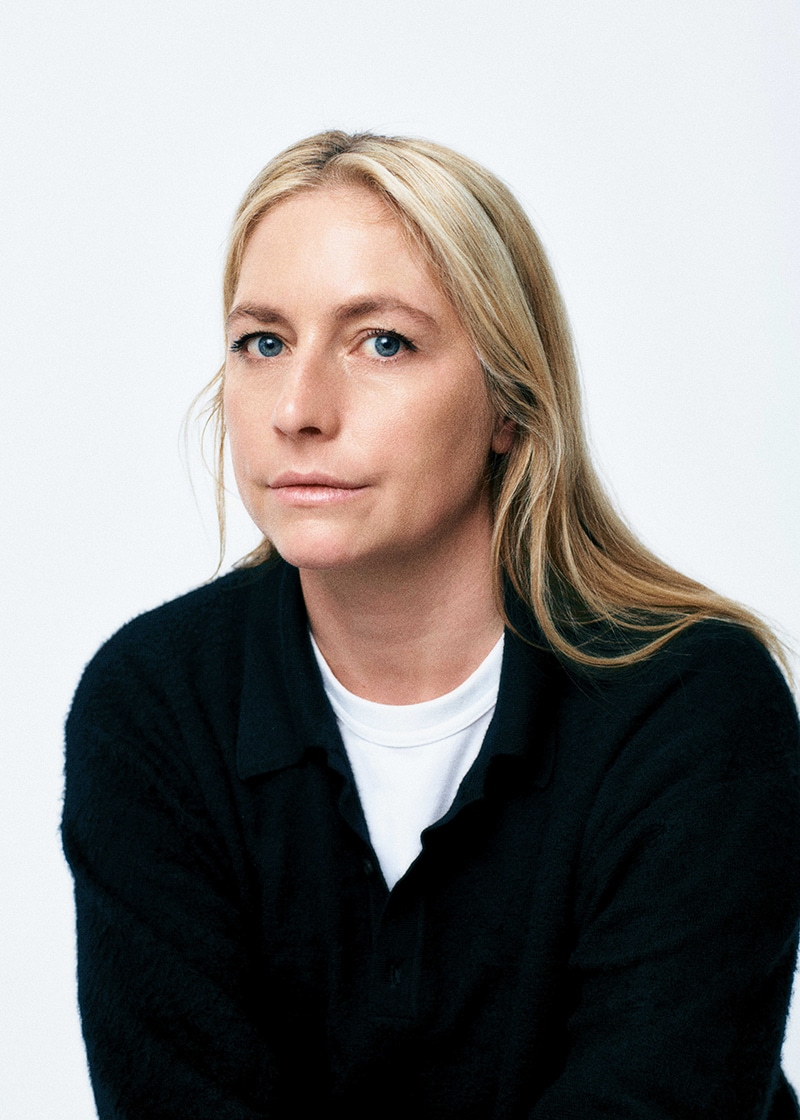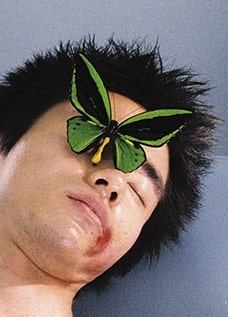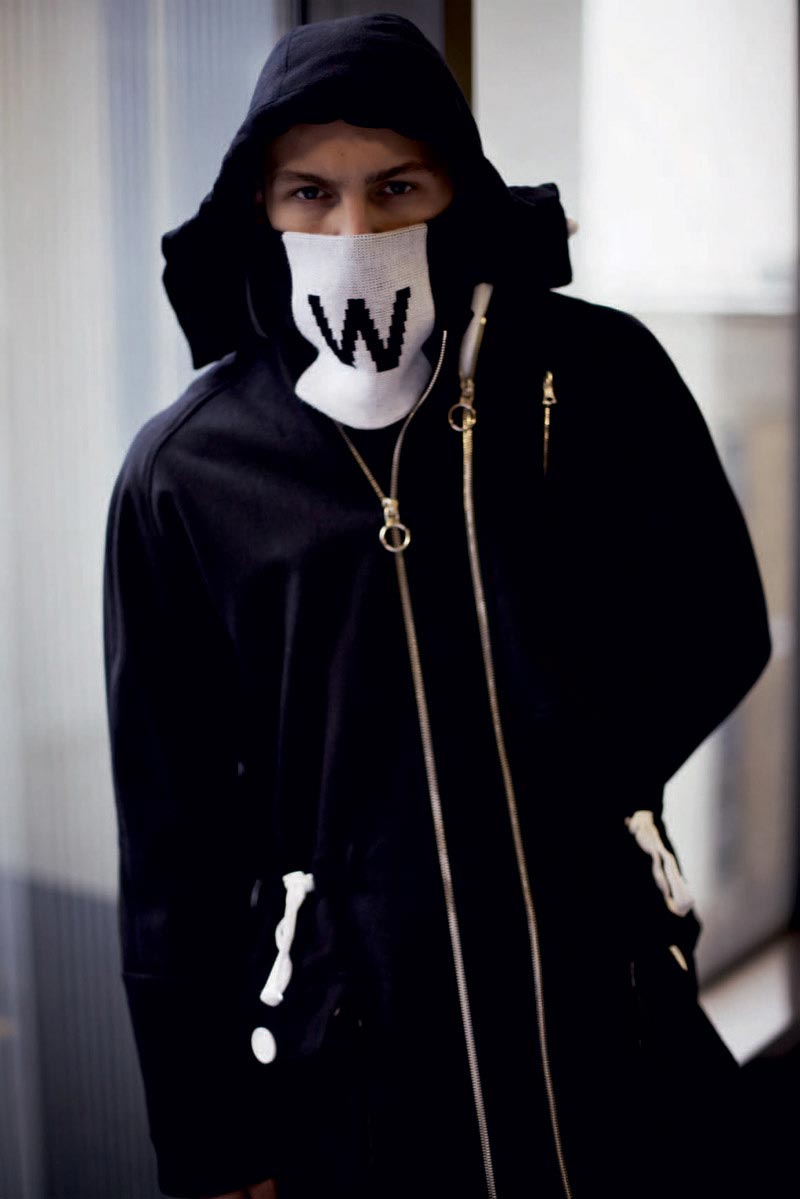
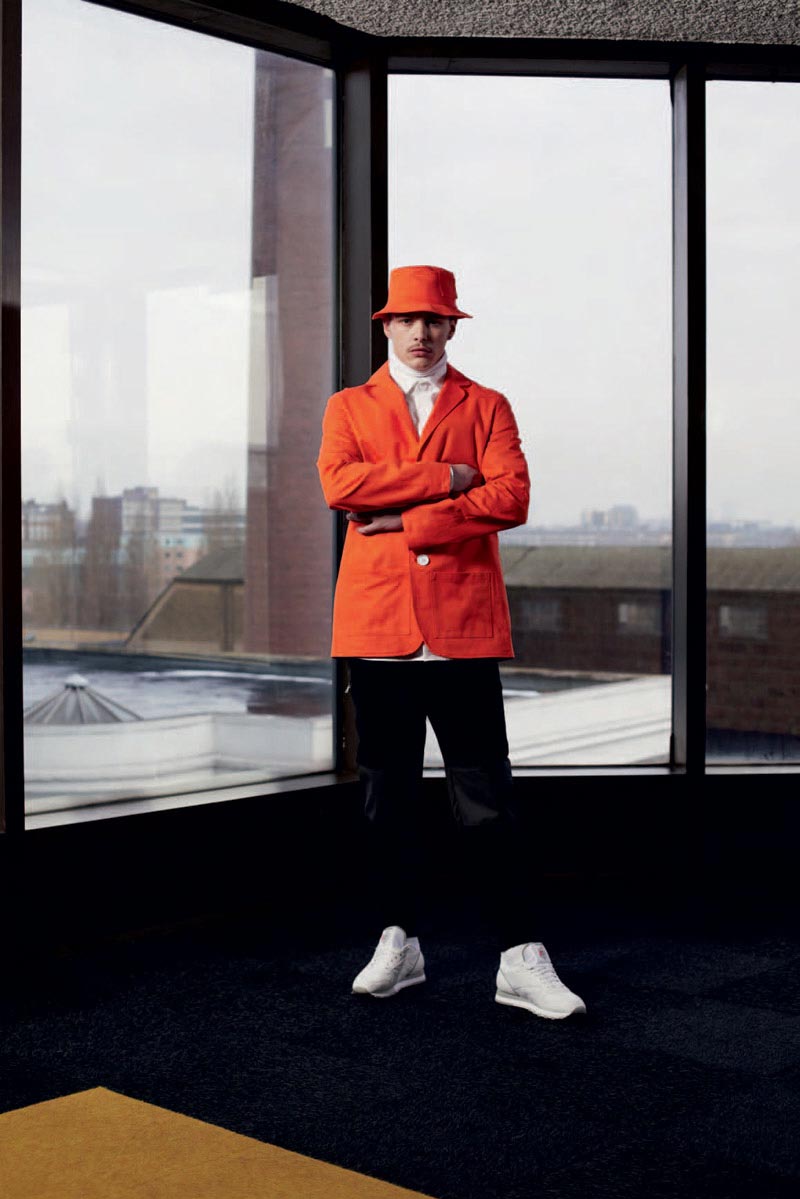







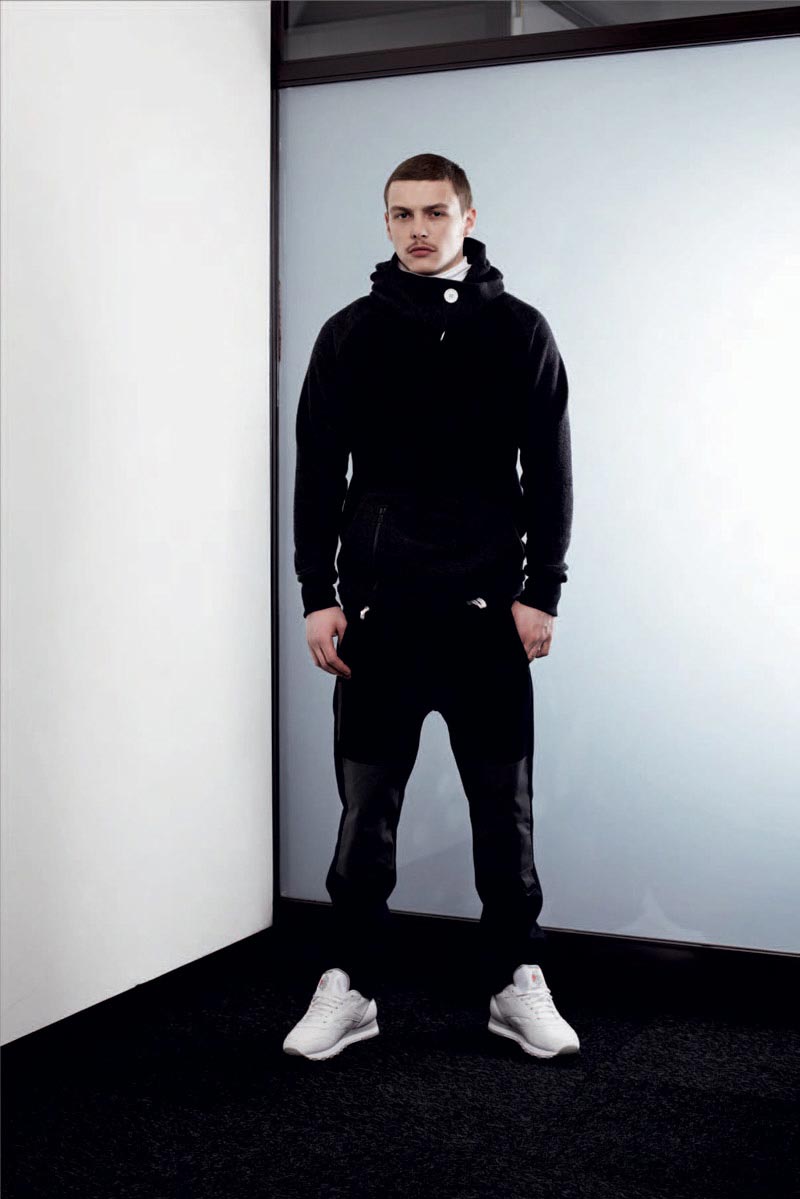





For Fall/Winter 2012, William Richard Green tackles the subject of Britishness, a notion that lies at the core of his universe. In a collection titled ‘Hooligans Against Acid’, Green draws on the 1989 arrival of the rave scene in England, referred to as ‘The Second Summer of Love’. Replacing the violent pastimes of football hooligans with Ecstasy-induced raves, it was a revolution that paved the way for the modern British youth culture, which rules the generation to which Green belongs.
As one of the designers headlining a new era in British menswear, Green fuses his British influences with a willingness to support the manufacturers and suppliers of England. With wools milled in York- shire and cotton drill from the same area used next to Jersey knitted in Leicestershire, wax cotton from Lancashire, shirting from Cumbria, and knitwear in Shetland wool, Green has created a collection, which – bar zips – is British inside and out.
The outdoorsy, boyish air, which acts as a backdrop to the William Richard Green signature, plays host to elements from sportswear and utility dress that appears throughout the collection. Performance pieces such as a grey wax cotton bomber or cashmere trousers with waxed kneepads unite the ward- robes of the terrace and the rave, not unlike the combination of navy, black, grey and orange in the colour palette.
A blend of the two worlds is further manifested in the use of drawstrings, zips and double collars, which run through out the collection. A sense of functionality is introduced in a transformable Melton wool coat with hidden detachable mittens, a storm flap, waxed raglan sleeves, and a waist zip, which unzips the coat into a cropped jacket, revealing pocket details.
William Richard Green is always concerned with a British craftsmanship, masculinity, precision detail and comfort but still looks fucking cool.
“In the final days of the yuppie decade, the summer of ’89 saw a new type of youth rebellion rip through the cultural landscape, with thousands of young people dancing at illegal Acid House parties in fields and aircraft hangars around the M25. Set against the backdrop of ten years of Thatcherism, it was a benign form of revolution, dubbed the Second Summer of Love – all the ravers wanted was the freedom to party… The rave scene, along with the drug Ecstasy, broke down social barriers and even football hooligans were ‘loved up’, solving a problem the government had never managed to crack.”
Taken From BBC documentary ‘Summer of Rave’ 1989, 2006.

